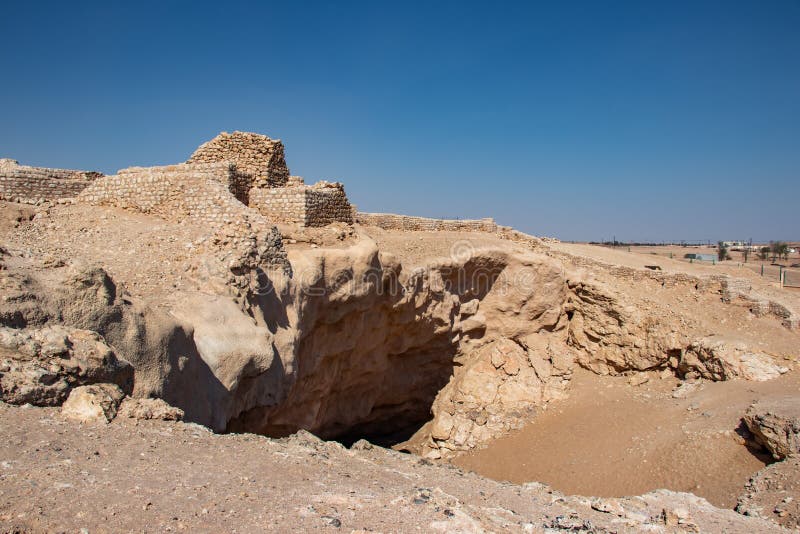
For centuries, the city was believed to be a myth, much like the city of Atlantis is viewed today. It was one of the most important trade centres in the Mediterranean before it sank more than a millennium ago. The city of Heracleion, home of the temple where Cleopatra was inaugurated, plunged into the Mediterranean Sea off the coast of Egypt nearly 1,200 years ago. In 2012, the destruction layer was uncovered, which confirmed that the site is indeed Helike.Īncient Egyptian City of Heracleion - on the border between myth and reality

However, it was not until 2001 that the ancient city was finally unearthed in Achaea, Greece. In the early 19 th century, speculations about the actual site of Helike began to spread. Over time, the location of Helike was lost. The rescue party that came in the following morning found no survivors. A major earthquake, followed by a large tsunami from the Gulf of Corinth, wiped the city of Helike from the face of the earth. Some signs of the city’s impending doom were recorded, including the appearance of ‘immense columns of flames’ and the mass migration of small animals from the coast to the mountains several days prior to the disaster. One night during the winter of 373 B.C., the city of Helike was obliterated. This is unsurprising, given Helike’s position in one of the most active earthquake zones in Europe. The patron god of Helike was Poseidon, the Greek god of the sea and earthquakes.

Due to this position, Helike was an important economic, cultural and religious centre. During its heyday, it was the leader of the first Achaean League, a confederation that consisted of 12 cities in the surrounding area. The legendary ancient city of Helike was situated in Achaea, on the northwestern part of the Peloponnesian peninsula. While doubt still remains as to whether Ubar and Iram really are one and the same, it has been suggested that at the very least, the story of Iram was inspired by the city of Ubar, and over time became altered to incorporate a message to obey the will of Allah. The team announced they had found the legendary Iram of the Pillars. When an excavation was carried out at the site, a large, octagonal fort with high walls and tall towers was uncovered. One of these converging points was a well-known water hole at Shisr, in Dhofar province, Oman. These resources allowed the team to identify old camel trade routes and the points at which they converged. This was achieved using NASA’s remote sensing satellites, ground penetrating radar, Landsat programme data, and images taken by the Space Shuttle Challenger. In the early 1990s, a team, led by Nicholas Clapp, an amateur archaeologist and filmmaker, announced that they had found the ancient city of Ubar, which was identified as Iram of the Pillars. In the end, Iram vanished beneath the sands as though it had never existed. As a result, legend says that the Ad were punished, and a sandstorm was sent against their city for seven nights and days.


The people of Iram reacted with hostility and did not heed the words of Hud. As they had turned away from Allah, the prophet Hud was sent to summon them to return to the worship of Allah and to obey Him. In the Quran, Iram was said to be adorned with lofty buildings, and was populated by a group of people known as Ad. Iram of the Pillars, the Lost ‘Atlantis of the Sands’Ītlantis of the Sands is a lost city, tribe, or area spoken of in the Quran, which has come to be known as Iram of the Pillars. However, there are now numerous cases of ancient cities, once seen as little more than myths and legends, that have now emerged from the past, raising the question as to how many more lost cities remain buried and waiting to be uncovered. Most of these legendary cities have never been found. Yet, the story of Atlantis is not unique, as other cultures have similar legends of landmasses and cities that have disappeared under the waves, been lost beneath desert sands, or buried beneath centuries of vegetation. The story of Atlantis is one of the most renowned and enduring tales of a lost city, said to have been swallowed up by the sea and lost forever.


 0 kommentar(er)
0 kommentar(er)
